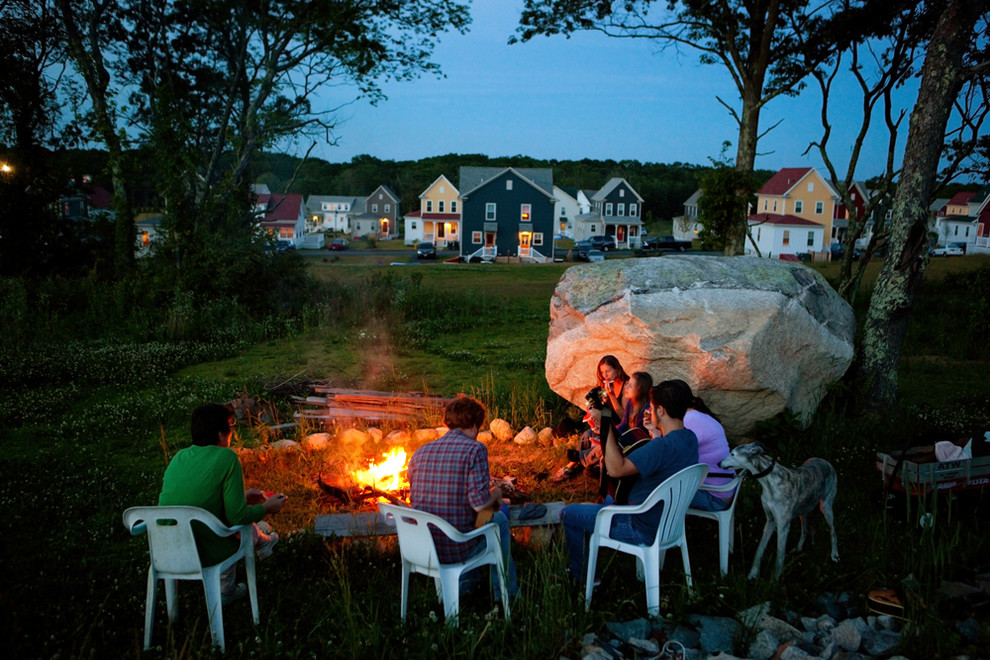Italia
Personalizza la mia esperienza utilizzando cookie
Houzz utilizza cookie e tecnologie simili per personalizzare la mia esperienza, fornire contenuti per me rilevanti e migliorare i prodotti e i servizi di Houzz. Premendo su "Accetta", acconsento all'utilizzo dei cookie, descritto ulteriormente nell'Informativa sui cookie. Posso rifiutare i cookie non necessari cliccando su "Imposta le preferenze".


Centinaia di siti e community insegnano le regole base per diventare digital nomad. Punto primo: seguire le proprie...